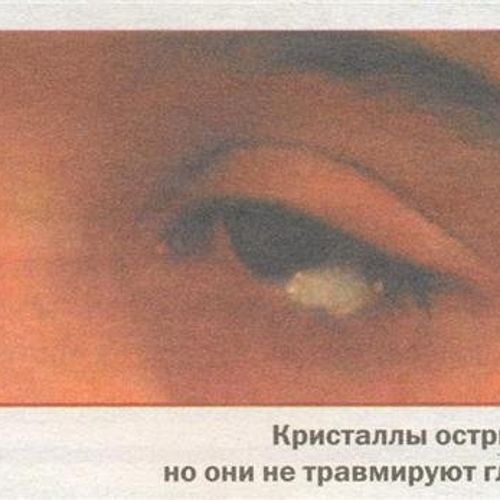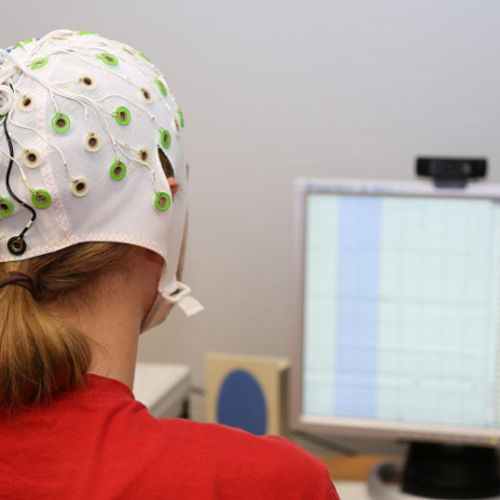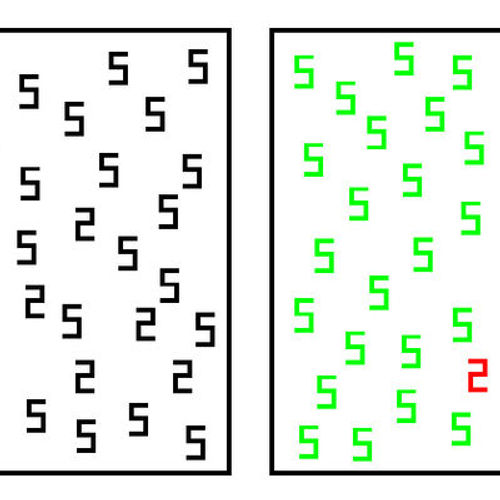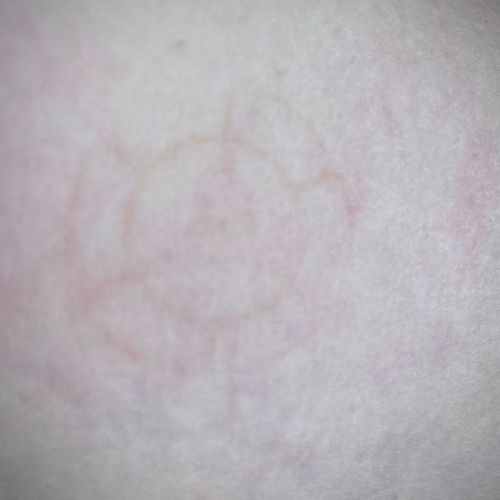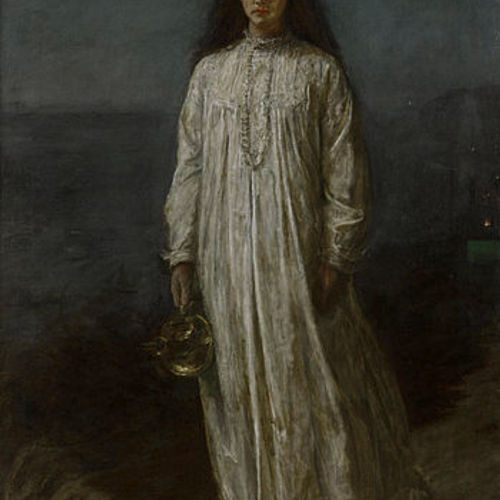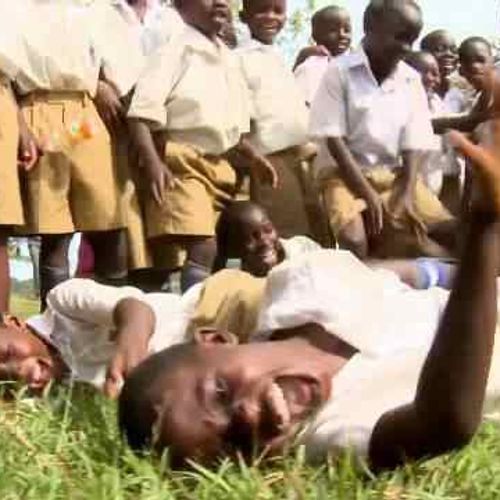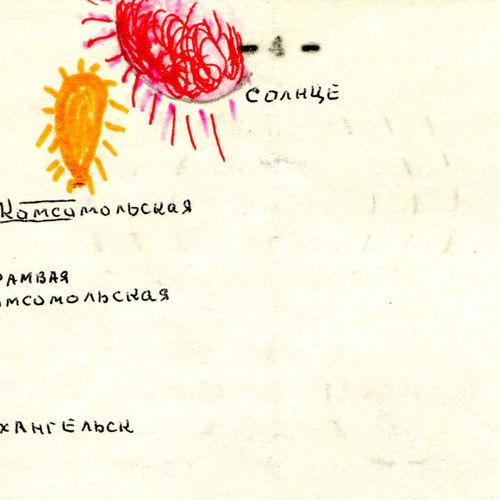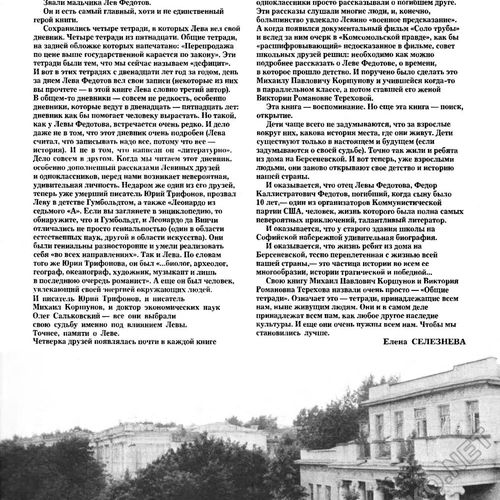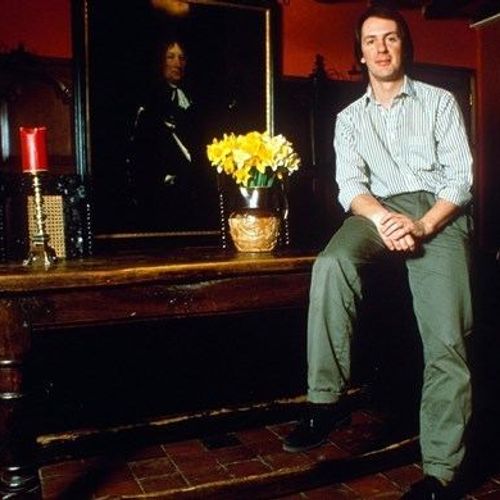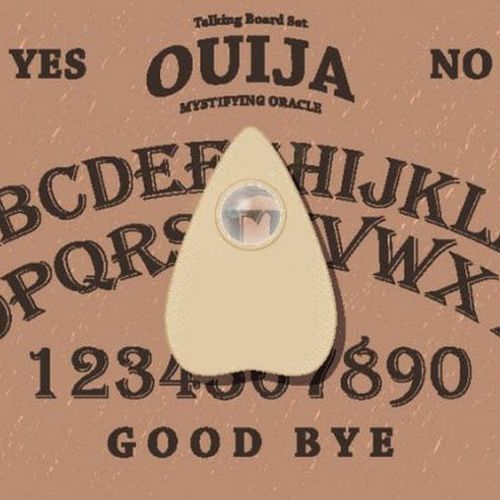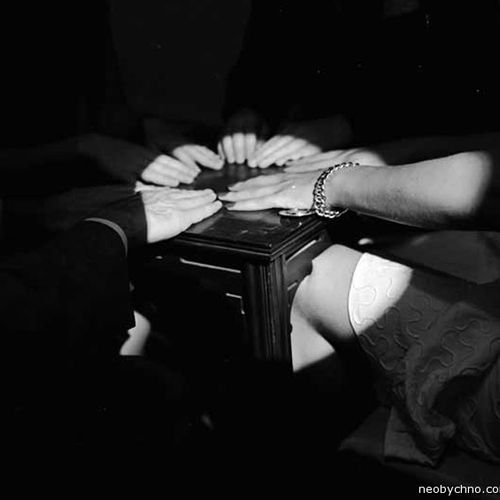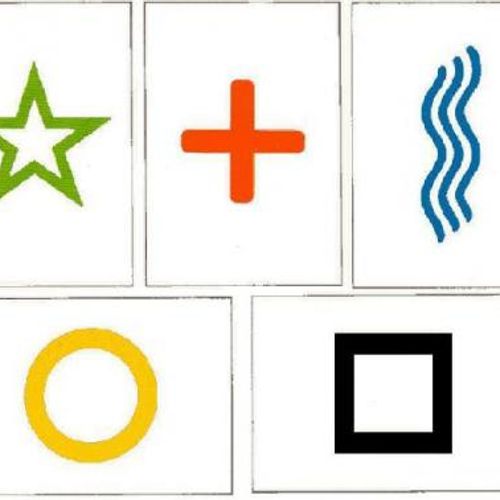
| Added | Tue, 04/10/2016 |
| Hierarchy | |
| Область распространения | All over the world |
| Характерные признаки |
→
→
→
|
| Sources | Годик Э.Э. «Загадка экстрасенсов: что увидели физики: человек в собственном свете» – М.: АСТ-Пресс Книга, 2010г. – 128 с.
Джеффри Мишлав «Корни сознания», К.: Самиздат, 1983
Балановски Э. Тейлор Дж. Электромагнетизм и телепатия. // Химия и жизнь, 1980. - № 4. - С. 81.
Варфоломеев С.Д., Евдокимов Ю.М., Островский М.А. Сенсорная биология, сенсорные технологии и создание новых органов чувств челов
|
In the modern world, psychics in the narrow sense of the word are called people with psychic abilities.
Usually the term "psychic abilities" combines such phenomena as:
- Clairvoyance (the ability of a person to receive information in addition to perception mechanisms and channels known to science and recorded by modern scientific means, including information about past and future events); Telepathy (the ability of the brain to transmit thoughts and images to another brain at a distance directly, without using any known means of communication); Since ancient times there were shamans and mystics who tried to predict the future or solve the riddles of the past and present.
In order for others to unconditionally believe in the truth of these predictions, they surrounded themselves with a halo of mystery. Therefore, it is now traditionally believed that psychics take their knowledge from the "astral", "ghost world", etc. which, according to the logic of most psychics themselves, cannot be identified without having the same gift. Mainly due to such statements, extrasensory perception is now referred to the pseudoscience section by default. For example, Wikipedia gives this definition:
Extrasensory perception (ESP, ESP) (from Latin extra — "over", "outside"; sensus — "feeling") is a term used for many supposedly existing paranormal forms of perception or human abilities. That is, modern science denies the existence of an "astral", a "ghost world", and similar "sources of information" for a psychic, and for some reason on the basis of this denies the fundamental possibility of supersensible perception.
But it wasn't always like that.
And to understand how such conclusions were reached, it is necessary to consider the history of research on extrasensory perception.
The first societies of "psychic research" of these phenomena were created by scientists between 1880 and 1890. They included such famous scientists as Richet and Flammarion from France, Miers and Guerney from England and James from the USA. At first, methods taken from the practice of spiritualism were used. They resorted to the "abilities" of spiritualistic mediums who produced psychic effects and "communicated" with the souls of the deceased. But despite the use of measuring instruments and the introduction of sophisticated methods of control, the results remained very controversial. In fact, it was very difficult to distinguish true phenomena from clever manipulations. In the end, I had to abandon this approach and switch to more rigorous methods. The study of "paranormal" phenomena began to be carried out in laboratory conditions.
A Parapsychological Association was founded to study these phenomena. Her task was not to "prove" the reality of psi phenomena, but rather to contribute to the study of phenomena called "anomalous". In 1969, the seriousness of the experimenters' work and their energy led to the fact that the Parapsychological Association was accepted into the American Association for Scientific Progress.
This field, recently recognized as a scientific discipline, had many names: in Germany and the USA - parapsychology, in France - meta-psychology, in the USSR - bioinformatics, etc. Recently a new name has been proposed - psilogy. It allows you to bring together all the information related to the so-called psi phenomena.
The pioneers of laboratory studies of psi phenomena were L.L. Vasiliev at Moscow University and Rain at Duke University (USA). L. Vasiliev tried mainly to establish the existence of a connection between hypnosis and extrasensory perception, his staff also collected a number of observations concerning telekinesis. Rhine made the approach scientific by basing it on the use of instruments and subjecting the results to systematic statistical analysis.
Since the first experiments conducted in the late 20s by Rain, research in this and related areas has allowed us to collect a large amount of data. The results of statistical analysis obtained in many experiments cannot leave anyone indifferent. For example, Pearce-Pratt's research on telepathy (1934) included four series of experiments in which subjects were in places located at a distance of 90 to 230 meters from each other. A series of 25 Zener cards was presented 74 times, i.e. there were 1850 presentations in total. The result: 558 correct answers, which is 188 more cases than would be expected according to probability theory. Statistical analysis of this result shows that the probability of such a number of correct answers is less than 10-22.
In an experiment aimed at studying foresight, Schmidt (1969) used an apparatus that provided complete automation of the experience. Out of four possible light signals, the device randomly selected one. He recorded both his choice and the response of the subject, who was asked to guess what kind of signal it would be before the light signal appeared. During the first series of experiments, three subjects made a total of 63066 attempts, and then another 20,000 in the second series. The results were such that the probability of p was less than 10-9 for the first series and less than 10-10 for the second.
Other studies have dealt with dreams and the possibility of changing their content by exposing the agent to the sleeping recipient. Most of these experiments were carried out at the Maimonides Medical Center in New York (Krippner, Ullman, 1964). The subject, who was in a soundproof room, was asked to lie down, relax and fall asleep. Previously, electrodes were attached to his head to determine the time of the onset of paradoxical sleep. As soon as the phase of this dream began, the agent, concentrating all his attention on a randomly selected image, tried to "transfer" it to the sleeping percipient. Then he was woken up and asked to tell what dream or what dreams he had seen. Statistically significant results were obtained in 9 out of 12 studies.
One of the most important places in parapsychological research is occupied by experiments conducted under hypnosis. French scientists Jean and Richet have been trying to identify the connection between extrasensory perception and hypnosis since the 80s of the last century, but only in the 50s of this century research in this area became systematic thanks to L.Vasiliev in the USSR, Faler in Finland, Rizl in Czechoslovakia, Kasler and Honorton in the USA. Various methods were used to compare the results obtained on subjects during hypnosis and without it. About 50 years ago (Van de Castle, 1963), the results of 14 studies were combined with Zener maps conducted by eleven groups. Under hypnosis, 9785 out of 44400 responses turned out to be correct (i.e. 905 more than could be expected as a result of random coincidences).
As during dreams, during hypnosis, the increase in psi phenomena is explained, apparently, by the fact that the level of barriers that exist during wakefulness decreases. Thus, falling under the influence of a hypnotist, the subject becomes more receptive.
According to their theory, any person can optimally carry out extra-sensory perception by fulfilling one or more of the following conditions: you need to relax, disconnect, as far as possible, from all influences (images, impressions) and external activities, try to come to a state of receptivity, “open up” to a different worldview and at least for a moment want to feel the psi state. It is thanks to such means that help to focus on your inner world in a state of openness, and a person can allegedly manifest the ability to psi-phenomenon.
Stanford, developing a similar idea, believes that psi functions are one of the elements of the normal human nature. Therefore, spontaneous manifestations of extrasensory perception are just the tip of the iceberg. Under the visible part, there are many actions and events that can also be attributed to the use of psi abilities. Stanford calls them instrumental responses involving psi abilities. We are talking about "happy cases" that could be mistaken for coincidences: for example, you missed the bus because you stayed at home, while waiting for the next bus, you remember one of your friends whom you haven't seen for a long time, and then, getting on the next bus, you suddenly come face to face with this very a friend who, as it turns out, decided to take the bus that day, although he had never done it before. What is it, a happy accident? According to Stanford, our body is constantly combing through the environment, trying to find the means to meet its needs. With such combing, both psi abilities and ordinary sensory and cognitive processes can be used.
As soon as a person finds a suitable remedy, he turns on a behavior mechanism that begins to act in such a way as to satisfy the need that has arisen. For example, in the example above, a person who wants to meet his friend subconsciously did what he needed to make his wish come true.
Although research in the field of parapsychology has received an official status and many results indicate the real existence of psi phenomena, skeptics continue to express all sorts of critical considerations.
First of all, experiments that allegedly gave statistically reliable results are questioned. Indeed, there are many dubious cases in the history of parapsychology. Some of the subjects were caught cheating, while others, after several years of experiments, confessed to the tricks they resorted to. Sometimes scientists themselves falsified the results of their experiments.
Later, errors were discovered in the methodology of the experiments. The control of sensory signals was poorly carried out; the subjects were insufficiently isolated from each other; the material had defects that made it possible to incorrectly evaluate the results; the choice of target paintings was made in a non-random way; the researchers made mistakes in the records, etc.
The most common reproach of skeptics was that with a sufficiently large number of data, even minor discrepancies between the results obtained and the expected results become significant. But most often the question is raised about the reproducibility of experiments. The experimenter, repeating the experiment with the same subjects and under the same conditions, is not sure of getting the same results. A combination of factors associated with the subjects, with the material, with the experimenter and with the psi phenomena themselves comes into effect.
Finally, many critics point to the lack of theory and practical applications, and even simply consider the existence of psi phenomena impossible due to their incompatibility with generally accepted scientific theories.
Conclusion As a result, scientists do not deny that sometimes individuals manifest the phenomenon of supersensible perception, only the mystical way of obtaining information by these people does not find confirmation.
Of course, now most people who call themselves "psychics" are artists working for the public, which can be either a group of people at a performance, or one person who has asked for help. Their activity is based on well-known laws of psychology, the methodology of actions is described in detail and has little in common with "extrasensory perception". In their activities, such "psychics" use a person's tendency to regard general and vague descriptions of a person as the only ones applicable only to themselves, without realizing that the same description fits almost any person. This is called the Forer effect, also known as the Barnum effect (both effects are also called subjective, or personal confirmation). This term was proposed by psychologist Paul Miles out of respect for circus entrepreneur F.T. Barnum, who was a great master of psychological manipulation and a number of other techniques based on the characteristics of the human psyche.
And the "real" supersensible perception is manifested in people in ordinary life or stressful situations. They used to call it intuition. In the psychological concept of K. Jung, intuition is considered as one of the possible leading functions of personality, which determines a person's attitude to himself and the world around him, the way he makes vital decisions. That is, intuition is the ability to directly, directly comprehend the truth without prior logical reasoning and without evidence. I.e., intuition is not as a new, sixth sense, but as a way of processing information obtained from the "aggravation" of one or more existing senses.
Therefore, extrasensory perception can be studied strictly by scientific methods.
And the purpose of studying extrasensory perception can be:
- the study of the peculiarities of the work of the psyche of the studied individual in order to understand the "aggravation" of which feelings leads to an increased perception of the surrounding world, how the results of this perception are processed; identification and study of a new channel for obtaining information, provided that transmission is not possible by known methods.
Phenomenon in mass culture
Phenomena
Related versions
Related facts
Related news
Related articles
Log in or register to post comments
